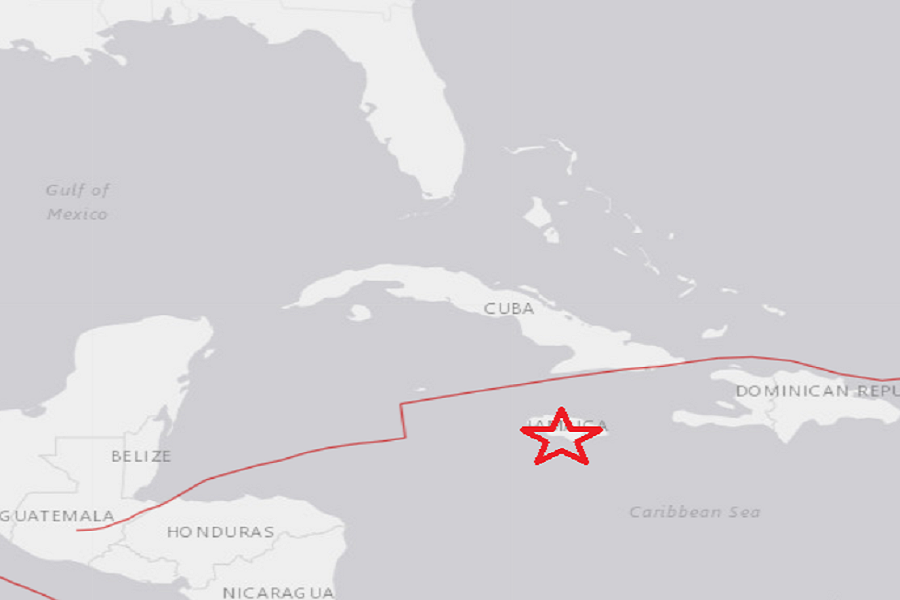
A 3.1 earthquake struck the south coast of Jamaica at 12:27 pm ET today. Fortunately, due to its intensity and location, no tsunami is expected at this time in the Caribbean. According to the Earthquake Unit of the University of the West Indies’ Mona Campus, the earthquake was felt in Manchester and St. Elizabeth along the south coast of the island.
Today’s earthquake was centered roughly 300 miles away from the devastating earthquake that hit Haiti over the weekend and claimed more than 1,200 lives.
Jamaica is no stranger to earthquakes. The island of Jamaica lies on the boundary between the Caribbean Plate and the Gonâve Microplate. The Gonâve microplate is a 680 mile long strip of mainly oceanic crust formed by the Cayman spreading ridge within a strike-slip pull-apart basin on the northern transform margin of the Caribbean Plate with the North American Plate. The island itself was actually created by this seismic activity; uplift associated with a restraining bend along this strike-slip structure created what is the island today.
In 1692, a destructive earthquake struck the island, killing more than 5,000 people. That earthquake created a catastrophic tsunami, with an initial death toll estimated to be around 2,000 people. An additional 3,000 people died in the days after the earthquake due to injuries and disease that spread among the population there. The quake dropped the city of Port Royal, near modern-day Kingston, to sink below sea level, inundating the busy shipping port with seawater.
Tsunamis are giant waves caused by earthquakes or volcanic eruptions under the sea. Out in the depths of the ocean, tsunami waves do not dramatically increase in height. But as the waves travel towards land, they build up to higher and higher heights as the depth of the ocean decreases. The speed of tsunami waves depends on ocean depth rather than the distance from the source of the wave. Tsunami waves may travel as fast as jet planes over deep waters, only slowing down when reaching shallow waters. While tsunamis are often referred to as tidal waves, this name is discouraged by oceanographers because tides have little to do with these giant waves.